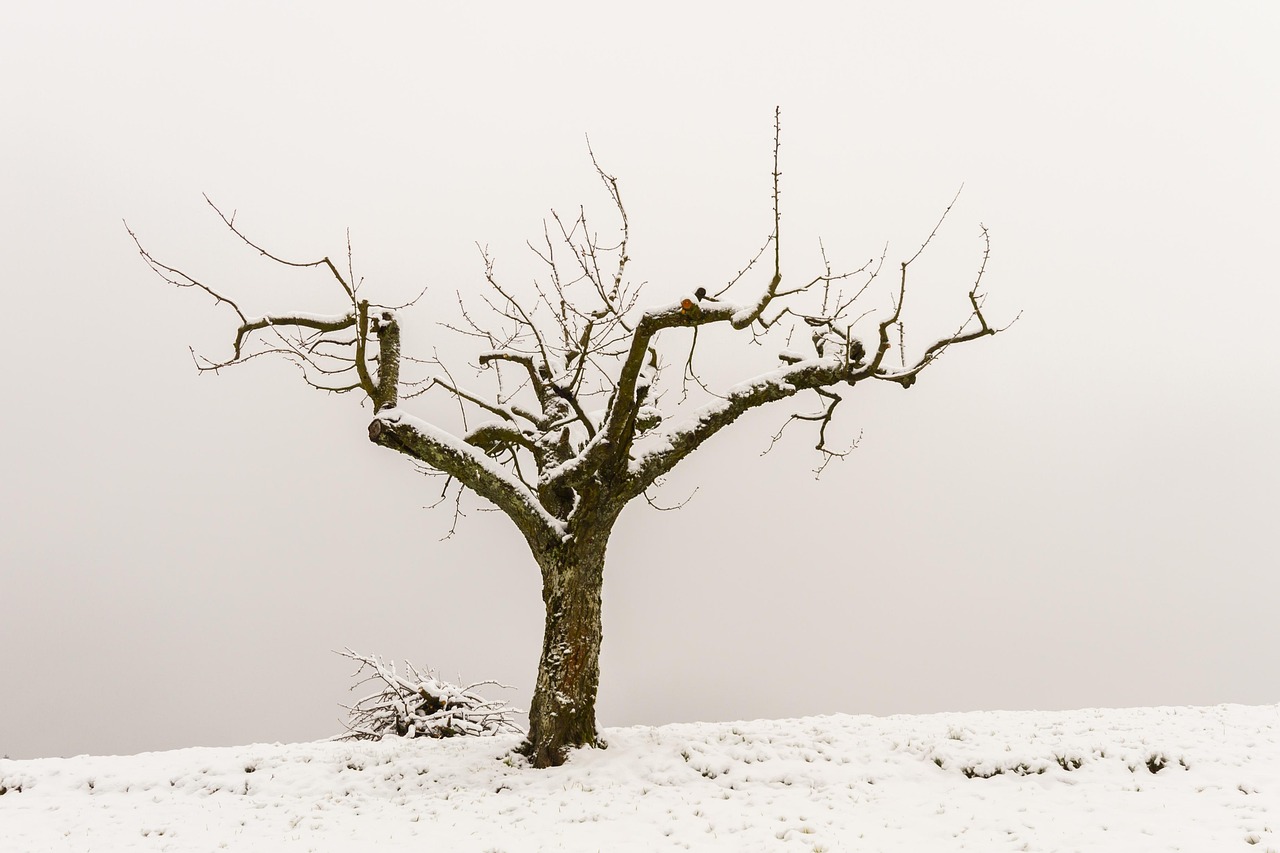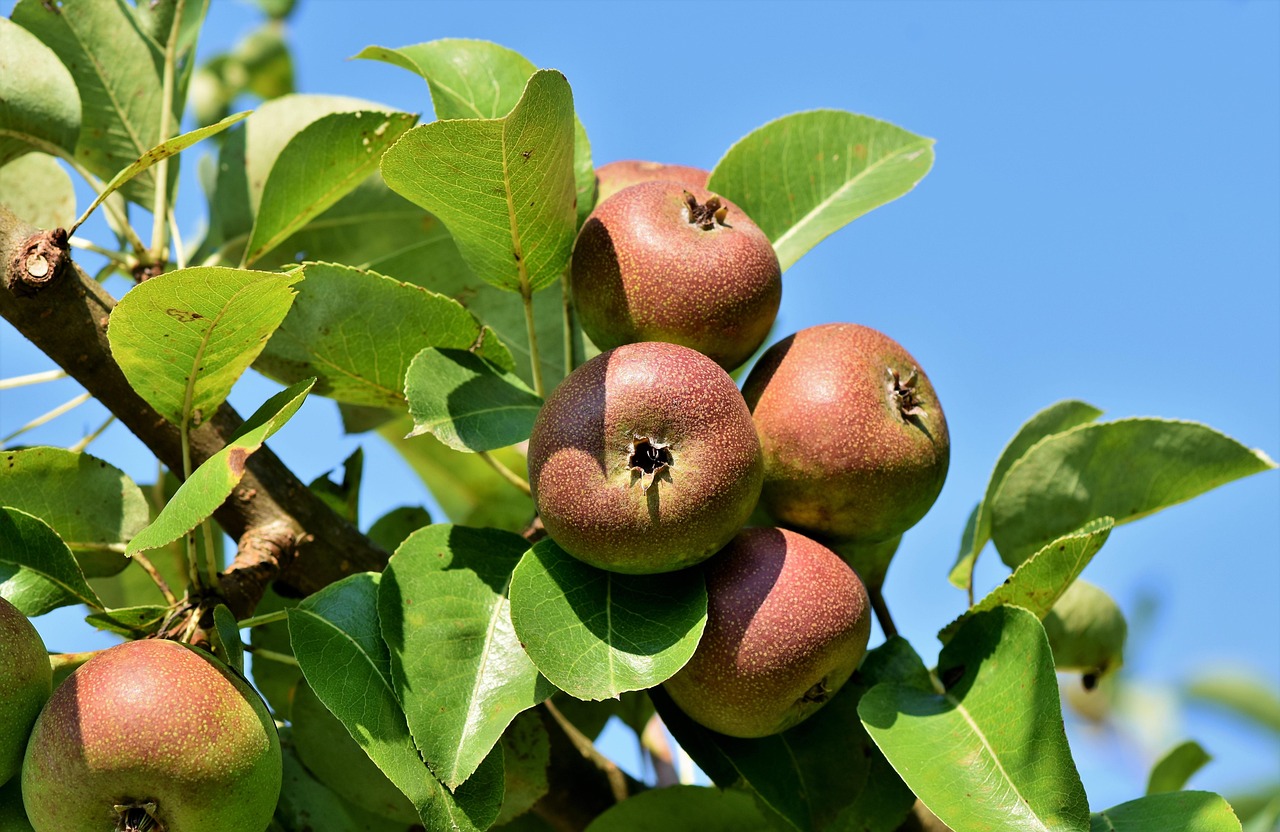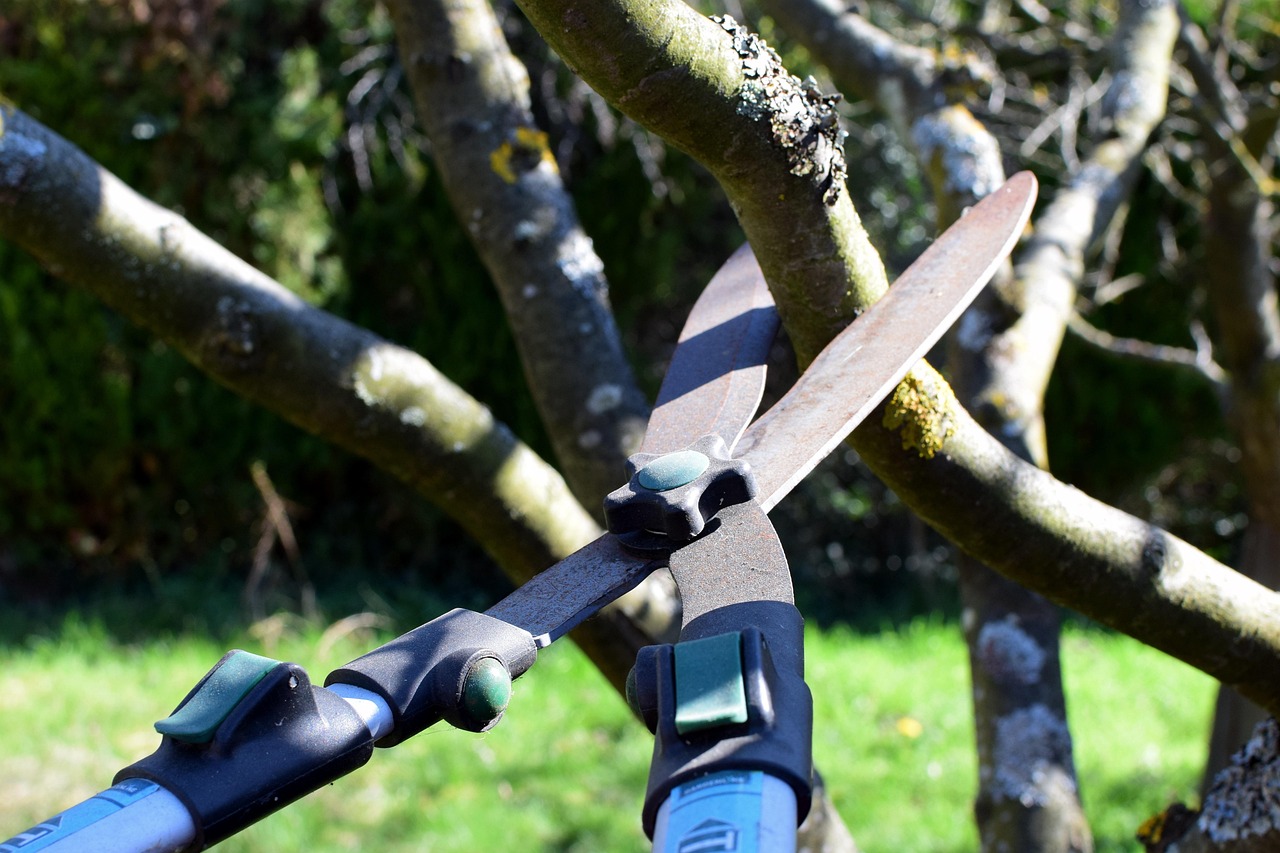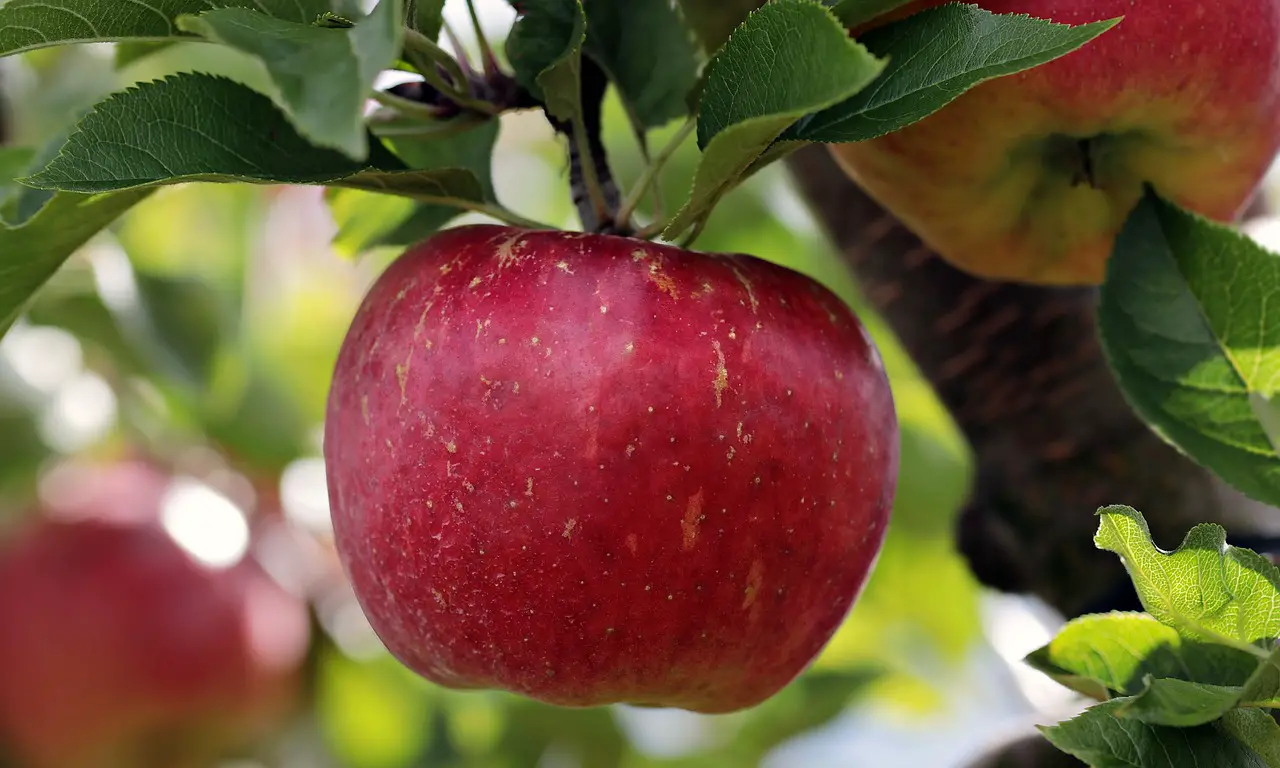Apple tree pruning is essential for beginners to promote healthy growth, improve fruit production, and maintain tree structure. Regular pruning helps remove dead or diseased branches, allowing more sunlight and air circulation, which benefits the overall health of the tree.
Pruning apple trees might seem daunting for beginners, but it is an important practice that can significantly affect the health and productivity of your orchard. Proper pruning techniques can help shape the tree, encourage new growth, and ensure that your apple trees yield a bountiful harvest year after year. Understanding the fundamentals of pruning will empower you to take better care of your trees.

Before diving into specific pruning techniques, it is helpful to familiarize yourself with the basic anatomy of an apple tree. Each part of the tree plays a vital role in its health and productivity. Here are some key components:
| Tree Part | Description |
|---|---|
| Branches | The limbs that support leaves and fruit. |
| Trunk | The main stem that supports the branches. |
| Roots | The underground system that absorbs nutrients and water. |
| Buds | Small growths that develop into leaves or flowers. |
| Leaves | The organs that perform photosynthesis to feed the tree. |
Understanding the Importance of Pruning
Pruning serves several important purposes in maintaining healthy apple trees. First, it helps to remove any dead, damaged, or diseased wood. This practice prevents the spread of disease and encourages new growth. Second, pruning improves air circulation within the tree canopy, which reduces the risk of fungal diseases. Lastly, it allows more sunlight to reach the inner branches and leaves, promoting better fruit development.
Another significant reason for pruning is to manage the shape of the tree. A well-structured tree not only looks appealing but also allows for easier access when harvesting apples. Ensuring that branches are spaced evenly can lead to a stronger tree that can withstand winds and heavy fruit loads.

Timing is crucial in apple tree pruning. The ideal time for most apple pruning is during late winter or early spring while the tree is still dormant. Pruning during this time minimizes stress on the tree and helps prevent sap loss. Late winter pruning allows you to see the tree’s structure clearly without leaves obstructing your view.
Basic Pruning Techniques
For beginners, mastering a few basic pruning techniques is essential. Here are some common methods:
- Thinning: This technique involves removing entire branches or stems to improve light penetration and air circulation within the tree canopy.
- Heading: This method entails cutting back a branch to a bud or another branch. Heading encourages new growth from the cut point.
- Cleaning: This involves removing dead, damaged, or diseased branches to maintain overall tree health.
- Shaping: Shaping is done to maintain the desired form of the tree, encouraging a strong central leader and balanced structure.
Understanding when and how to apply these techniques will set a solid foundation for your pruning efforts. Each technique has its purpose, and knowing when to use them will enhance your overall pruning strategy.

Another aspect to consider is the tools required for effective pruning. Having the right tools at hand makes the process smoother and ensures proper cuts that promote healthy healing. Some essential tools for apple tree pruning include:
- Hand pruners: Ideal for small branches and precise cuts.
- Loppers: Best for thicker branches that are too large for hand pruners.
- Saws: Needed for larger limbs; a pruning saw is specifically designed for this purpose.
- Gloves: Protect your hands from cuts and scrapes while pruning.
Before you begin pruning, it’s wise to inspect your tools. Ensure they are clean and sharp to make clean cuts. Dull tools can damage branches and invite disease into your trees.
Identifying the Right Time to Prune
Timing your pruning is crucial for the health of your apple trees. Pruning at the wrong time can lead to excessive sap loss or stress on the tree. Understanding the seasonal growth patterns of apple trees will help you choose the best times to prune.

Generally, the best time to prune apple trees is during late winter to early spring, just before new growth begins. This period is ideal because:
- Trees are dormant: Pruning during dormancy minimizes stress on the tree.
- Better visibility: Without leaves, you can better see the structure of the tree and identify branches that need removing.
- Encourages new growth: Pruning before the growing season stimulates healthy new growth once the weather warms up.
However, if you notice dead or diseased branches at other times of the year, it is essential to remove them immediately, regardless of the season. This practice helps prevent the spread of disease and maintains tree health.
Understanding Different Pruning Styles
There are several pruning styles suited to different types of apple trees and desired shapes. Each style has its benefits and applications, making it essential for beginners to understand the options available.
Candelabra Pruning
This method involves creating a tree shape similar to a candelabra, with multiple main branches extending from the trunk. It is particularly useful for dwarf varieties that need to be kept low and accessible. Benefits of this style include:
- Enhanced sunlight penetration to all parts of the tree.
- Improved air circulation to reduce disease risk.
- A more manageable height for easy fruit picking.
Central Leader Pruning
The central leader style focuses on cultivating a single main trunk that supports several evenly spaced branches. This method is favored for standard apple trees and promotes strong growth. Key advantages include:
- Strong structural integrity due to a central trunk.
- Efficient use of space in the orchard.
- Better fruit production as all branches receive adequate sunlight.
Open Center Pruning
This style creates an open canopy by removing the central leader, allowing for sunlight to penetrate from above. It works well for older trees or those that have grown too tall. Benefits of open center pruning include:
- Increased light exposure to all branches.
- Improved airflow, reducing fungal diseases.
- A more extensive fruit-bearing surface area.
Common Mistakes to Avoid When Pruning
Even experienced pruners can make mistakes. As a beginner, being aware of common pitfalls can help improve your technique and ensure your trees thrive. Here are some mistakes to avoid:
- Over-pruning: Removing too many branches can stress the tree and limit fruit production.
- Ignoring tree health: Failing to assess the health of branches before cutting can lead to removing healthy wood.
- Improper cuts: Making jagged or uneven cuts can invite diseases and pests into the tree.
- Poor timing: Pruning at the wrong time can lead to sap loss or stress on the tree.
Post-Pruning Care for Apple Trees
After pruning, providing care for your apple trees is crucial for recovery and growth. Here are some post-pruning tips:
- Watering: Ensure your trees receive adequate water, especially during dry spells, to support new growth.
- Mulching: Applying mulch around the base of the tree helps retain moisture and suppress weeds.
- Pest Control: Regularly check for pests or diseases and take action as needed to protect young shoots and flowers.
- Nutrient Management: Consider applying a balanced fertilizer in early spring to support vigorous growth.
Monitoring your trees after pruning allows you to address any issues promptly and maintain their health as they grow. Paying attention to their needs ensures a fruitful harvest in the upcoming seasons.
Recognizing Signs of Tree Health Issues
To ensure the best possible care for your apple trees, it is vital to recognize the signs of health issues. Early detection of problems can prevent serious damage and promote a healthier orchard. Here are some common signs to watch for:
- Yellowing Leaves: This may indicate nutrient deficiencies, overwatering, or disease.
- Wilting Branches: Wilting can signal inadequate water supply or root problems.
- Discolored Bark: Peeling or discolored bark might suggest disease or pest infestations.
- Excessive Sap Flow: Unusual sap flow can be a result of stress or injury to the tree.
By staying vigilant and monitoring your trees regularly, you can address these issues before they escalate. If you notice any concerning symptoms, consider consulting with a local arborist or extension service for guidance on treatment options.
Pest Management Strategies for Apple Trees
Pests can pose significant threats to the health of your apple trees. Implementing effective pest management strategies is essential in maintaining a flourishing orchard. Below are some common pests and ways to manage them:
Common Pests
| Pest | Description | Management Strategy |
|---|---|---|
| Apple Maggot | Small flies that lay eggs in fruit, causing it to rot. | Use sticky traps and remove infested fruit. |
| Aphids | Tiny insects that suck sap and can transmit diseases. | Introduce beneficial insects like ladybugs or use insecticidal soap. |
| Codling Moth | A larva that bores into apples, creating holes. | Use pheromone traps and apply insecticides as needed. |
| Spider Mites | Small pests that cause stippling on leaves and can lead to leaf drop. | Maintain humidity around trees and use miticides if necessary. |
Integrated Pest Management (IPM)
Integrated Pest Management (IPM) is an effective approach to managing pests while minimizing chemical use. IPM involves several strategies:
- Monitoring: Regularly inspect your trees for signs of pests and damage.
- Cultural Practices: Promote healthy trees through proper watering, fertilization, and pruning.
- Biological Control: Introduce natural predators to control pest populations.
- Chemical Control: Use pesticides as a last resort and apply them according to label instructions.
Managing Diseases in Apple Trees
Diseases can severely impact the health of apple trees. Identifying common diseases and understanding how to manage them is critical for beginners. Here are some prevalent diseases and their management strategies:
Common Apple Tree Diseases
| Disease | Description | Management Strategy |
|---|---|---|
| Apple Scab | A fungal disease causing dark spots on leaves and fruit. | Remove fallen leaves; apply fungicides in early spring. |
| Cedar-Apple Rust | A fungal disease that requires both cedar and apple trees to complete its life cycle. | Cull infected trees; apply fungicides during the growing season. |
| Powdery Mildew | A white fungal growth on leaves, stems, and fruit. | Improve air circulation; apply fungicides if necessary. |
| Bacterial Fire Blight | A bacterial disease causing blackened shoots and branches. | Cut out infected areas and sterilize pruning tools between cuts. |
Implementing disease management practices is essential for maintaining healthy apple trees. Always monitor your orchard for any signs of disease and take immediate action to mitigate potential outbreaks.
The Importance of Regular Maintenance
Regular maintenance is key to ensuring the long-term health of your apple orchard. This includes not only pruning but also other maintenance activities such as watering, mulching, pest management, and disease control. Establishing a routine will help you stay organized and attentive to your trees’ needs throughout the growing season.
Consider creating an annual maintenance calendar that includes:
- Pruning schedule (late winter/early spring).
- Pest monitoring sessions (weekly during the growing season).
- Disease inspections (monthly checks).
- Nutrient applications (early spring and late summer).
This proactive approach will help you maintain healthy apple trees that produce quality fruit year after year. By staying committed to regular care and monitoring, you will find that your efforts will yield fruitful rewards in your orchard.
Enhancing Your Orchard’s Biodiversity
In addition to regular maintenance and pruning, enhancing your orchard’s biodiversity can significantly contribute to the overall health of your apple trees. A diverse ecosystem encourages beneficial insects, birds, and other wildlife that can help control pests naturally. Here are some strategies to enhance biodiversity in your orchard:
- Plant Companion Crops: Growing flowers and other plants among your apple trees can attract pollinators and beneficial insects. Consider planting clover, marigolds, or herbs like basil and dill.
- Establish Habitats: Create habitats such as birdhouses or insect hotels to encourage natural pest predators like birds and beneficial insects to take residence in your orchard.
- Diverse Planting: Incorporate a variety of tree species in your orchard. This not only supports biodiversity but also reduces the risk of pest outbreaks affecting all trees at once.
- Maintaining Native Flora: Encourage the growth of native plants around the orchard. They provide food and shelter for beneficial wildlife while requiring less maintenance.
By fostering a diverse ecosystem, you not only improve the health of your apple trees but also contribute positively to the environment surrounding your orchard.
Utilizing Technology in Orchard Management
The advancement of technology has made it easier than ever for orchardists to monitor and manage their trees effectively. Several tools and applications can assist in tracking tree health, pest activity, and overall orchard condition. Consider the following:
- Soil Moisture Sensors: These devices measure moisture levels in the soil, helping you determine when to water your trees effectively.
- Pest Monitoring Apps: Applications can help you identify pests based on photos or descriptions. They often provide treatment suggestions as well.
- Drones and Imaging Technology: Drones can be used to capture aerial imagery of your orchard, allowing you to assess tree health from above and spot issues that may not be visible from the ground.
- Weather Monitoring Systems: Keeping track of local weather conditions helps you prepare for potential frost, rain, or drought, allowing you to take preventive measures to protect your trees.
Integrating these technologies into your orchard management routine can enhance efficiency and lead to a healthier apple crop.
Final Thoughts
Pruning apple trees is an essential skill for any beginner orchardist. By understanding the principles of pruning, identifying the right time to prune, and applying proper techniques, you can promote healthy growth and abundant fruit production. Regular maintenance, including watering, pest management, and disease control, is crucial for long-term success.
Additionally, enhancing biodiversity within your orchard creates a more resilient ecosystem that supports your apple trees’ health. Utilizing modern technology can further streamline management tasks, making it easier for you to keep track of your orchard’s needs.
As you embark on your journey of apple tree pruning and orchard management, remember that patience and observation are key. Each tree is unique, and learning from your experiences will help you become a more skilled gardener over time. Embrace the process, enjoy the fruits of your labor, and take pride in nurturing your own apple orchard.
